Two dominant technologies have emerged as industry stalwarts: digital and offset printing. Each method has its own strengths and applications, making the choice between them crucial for achieving the desired outcome of any print project.
We’ll delve into the differences between digital and offset printing (Digital vs. Offset Printing), helping you make an informed decision for your specific needs.
1. Technology and Process
Digital Printing:
Digital printing is a relatively modern method that involves transferring digital files directly onto various print surfaces. It employs technologies like laser and inkjet printers to recreate the digital image on paper or other substrates. There are no plates or setup processes involved, making it a quick and cost-effective solution for small to medium print runs.
Offset Printing:
Offset printing, on the other hand, relies on a more traditional process. It involves creating metal plates with the image to be printed and then transferring that image onto a rubber blanket before applying it to the printing surface. This method is known for its high-quality results and is typically used for larger print runs.
2. Print Volume
Digital Printing:
Digital printing shines when it comes to short to medium print runs. It’s highly efficient for producing small quantities of prints, making it ideal for personalized marketing materials, variable data printing, and on-demand printing. There is virtually no setup time, which means you can get your prints quickly and cost-effectively.
Offset Printing:
Offset printing is the go-to choice for high-volume print jobs. It excels when you need thousands or even millions of copies of a document. While it may have longer setup times and higher initial costs, the per-unit cost decreases significantly with larger print runs.
3. Color Consistency and Quality
Digital Printing:
Digital printers offer excellent color consistency and the ability to print in vibrant, full-color quality. However, the color gamut and precision may not match offset printing for certain specialized color requirements.
Offset Printing:
Offset printing is renowned for its exceptional color accuracy and consistency. It uses Pantone or CMYK color matching systems, making it the preferred choice for projects where precise color matching is critical, such as branding materials and corporate publications.
4. Customization and Personalization
Digital Printing:
Digital printing is a champion of customization and personalization. It excels at variable data printing, allowing you to create unique pieces with individualized content, making it perfect for direct mail campaigns and personalized marketing materials.
Offset Printing:
While offset printing can be customized to some extent, it is less flexible in terms of personalization compared to digital printing. It is better suited for standardized print runs with consistent content.
5. Cost Considerations
Digital Printing:
Digital printing tends to be cost-effective for short runs due to lower setup costs. It doesn’t require the creation of plates, which can be expensive in offset printing.
Offset Printing:
Offset printing offers better cost efficiency for large print runs, thanks to economies of scale. However, it may not be as budget-friendly for smaller quantities.
6. Paper Options
Digital Printing:
Digital printers can accommodate a wide range of paper types and thicknesses, making them versatile for various projects.
Offset Printing:
Offset printing provides even more extensive paper options, including specialty finishes and coatings. This versatility is particularly advantageous for high-quality printing jobs.
The Ultimate Choice Between Digital vs. Offset Printing
The choice between digital vs. offset printing depends on the specific requirements of your print project. Digital printing is the go-to solution for short to medium runs, personalization, and quick turnarounds, while offset printing excels in high-volume, color-critical, and high-quality print jobs.
Carefully assess your project’s volume, budget, quality expectations, and customization needs to determine which printing method aligns best with your goals. Ultimately, both digital and offset printing offer exceptional capabilities, ensuring that your printed materials meet the highest standards of quality and aesthetics.
If you don’t know which one is more suitable for your order between digital vs. offset printing, you can contact us so that you can place your order in person, in addition to receiving a free consultation.
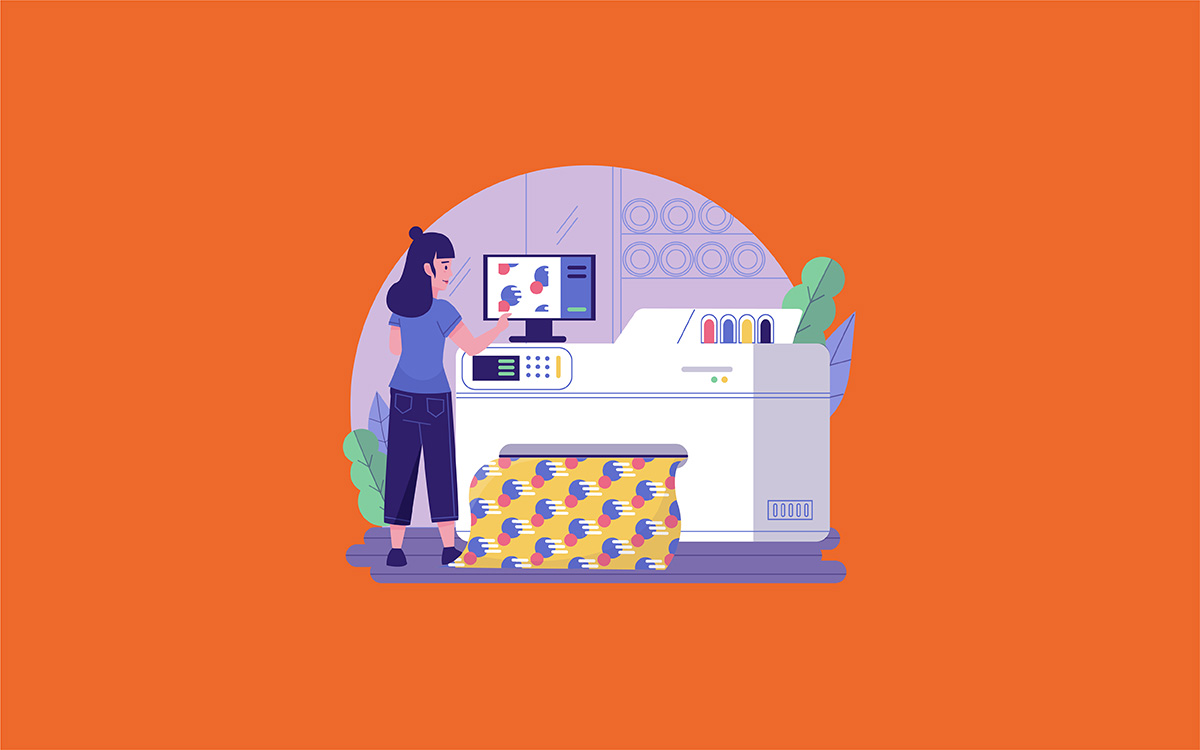

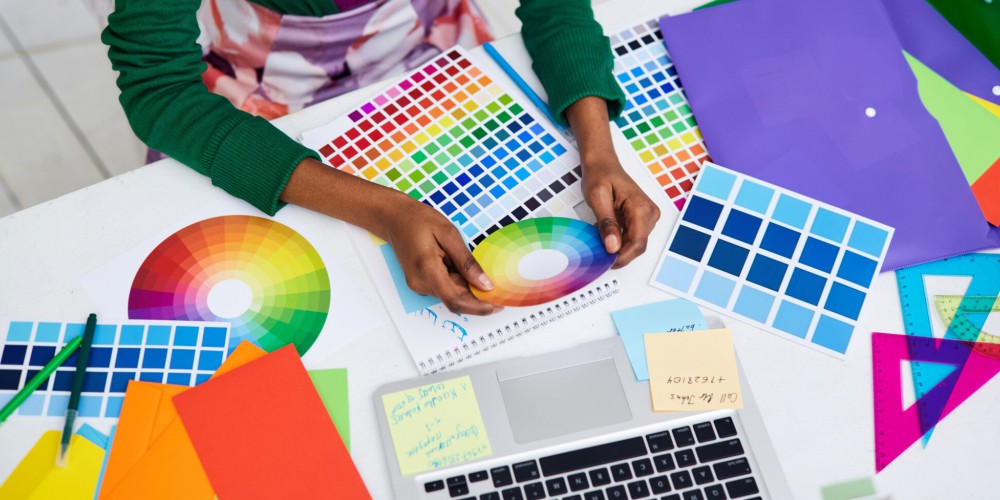



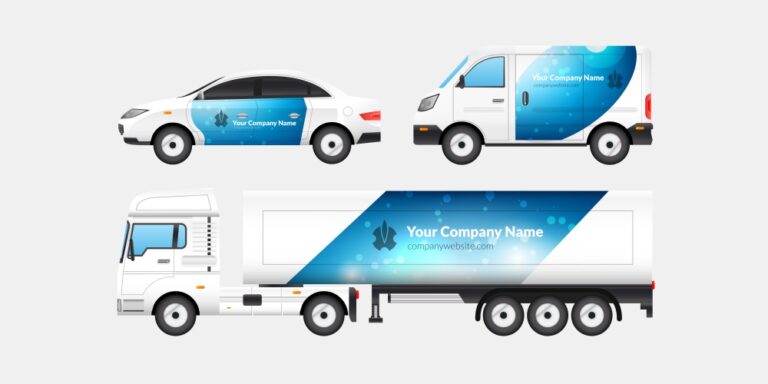

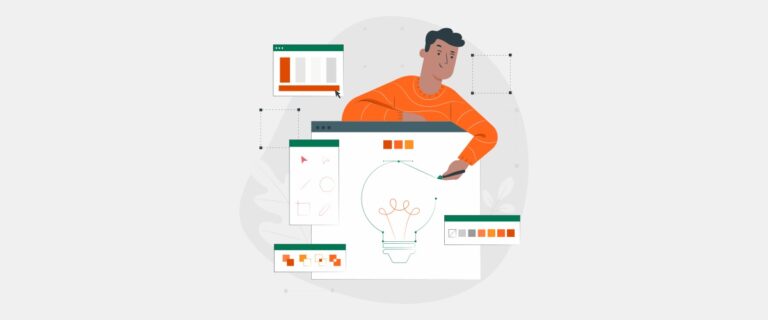
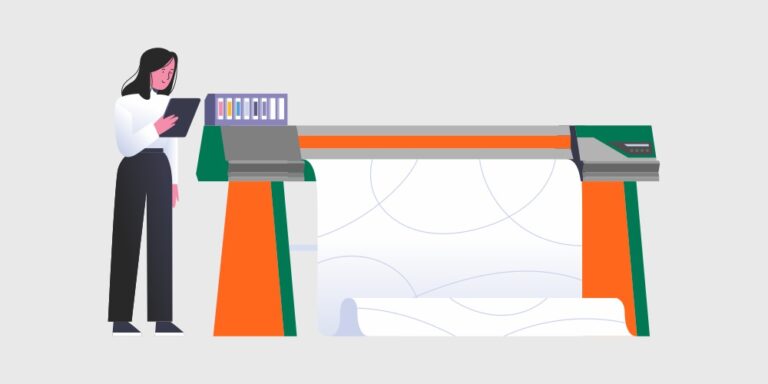

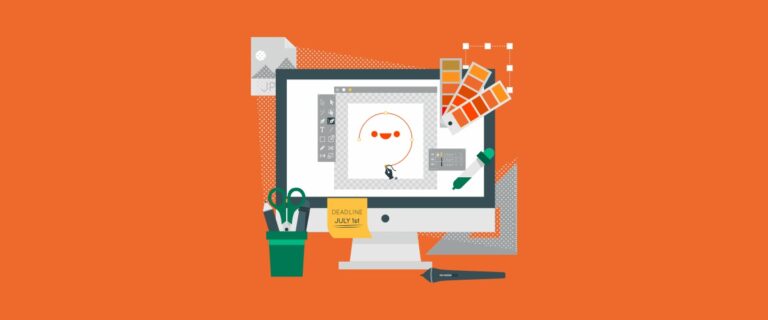

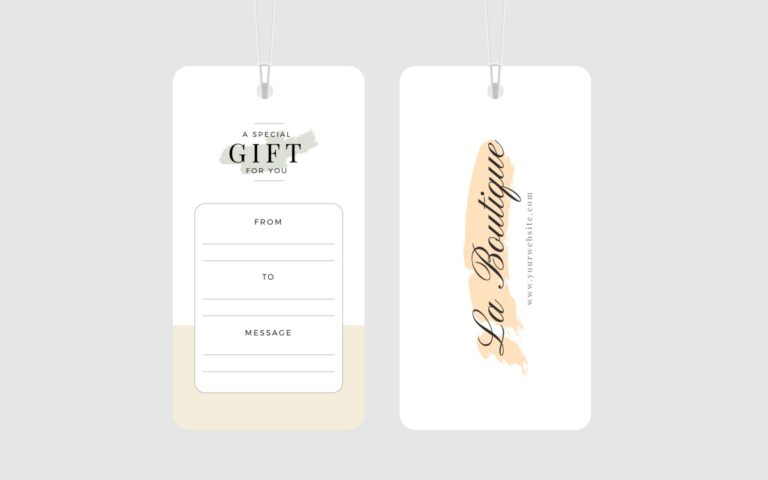
One Response